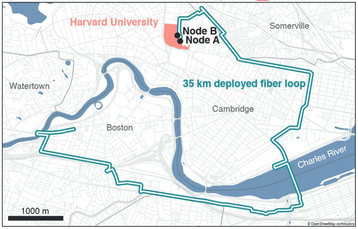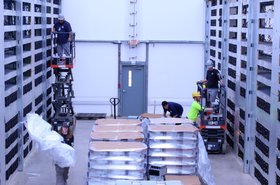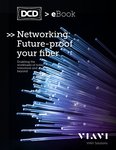Amazon Web Services (AWS) and Harvard University have teamed up for an underground quantum network in Boston, Massachusetts.
AWS shared details of the project in a recent blog post, describing how the two organizations created a multi-node quantum network that distributes, stores, and processes quantum information under the streets of the Boston area.
Quantum computers, despite continually improving in performance and capability, are still only operating as isolated processors. In order to enable a quantum network, AWS, and Harvard University turned to quantum repeaters, a tool that corrects for losses and errors as information travels.
The AWS blog describes quantum repeaters as being "developed using quantum memories – devices that catch individual photons, encoded with quantum information and store this information on a local memory. This memory then does some simple computations to preserve the information stored on it and deliver it on demand."
The team of Harvard and AWS scientists was able to create 35km link that can communicate and store quantum information for more than a second. The team did this via an atomic defect in diamonds called the Silicon Vacancy Center (SiV).
The length of storage time is key, as it is long enough for light to be able to travel more than 300,000km. This means that memory storage time is not a limiting factor in quantum networks using these memories.
The quantum information was sent from Node A, and traveled 35km underground through Boston, before returning to Harvard University where the entanglement was transferred to a different memory in a separate lab, Node B. This entangled quantum memory would be able to then be used for subsequent applications.
According to the blog post, this development is important as it demonstrates a key element for the possibility of real-world practical quantum networks.
The key advances demonstrated were the incorporation of quantum frequency conversion to transfer optical signals from the visible to the telecommunications domain, and the use of long-lived nuclear memories to store information for long periods of time.
The post adds: "These nuclear memories consist of the atoms composing the material close to the SiV memory qubit (which can be controlled) and interfaces with the SiV qubit using microwave fields."
Despite these advances, the team acknowledges that it is limited by the memory's need for ultra-low temperatures to function and that a sufficiently pure diamond is challenging to produce.
The teams added: "While this demonstration shows the promise of the underlying technology, this network still needs to make device engineering improvements before it can perform at a commercially relevant bandwidth and accuracy (known as fidelity). Most important among these is moving to multiplexed use of photonic devices, which use many quantum memories operating in parallel to speed up the rate of communication."







